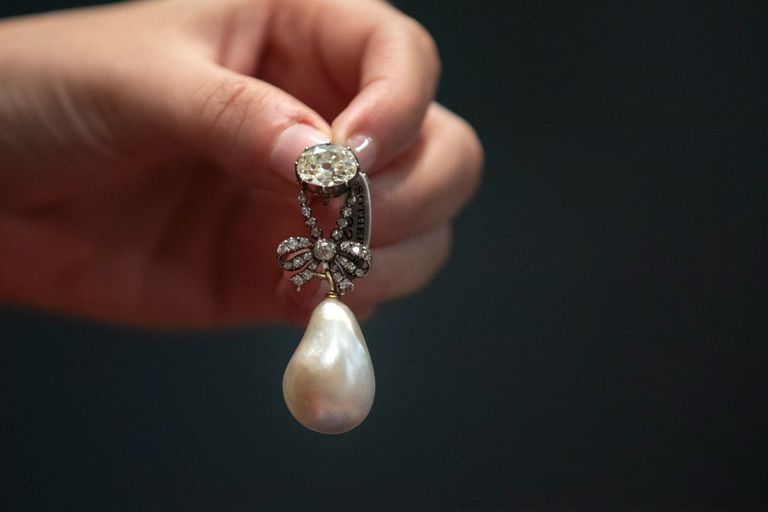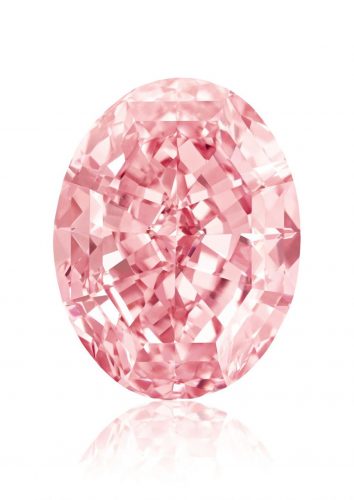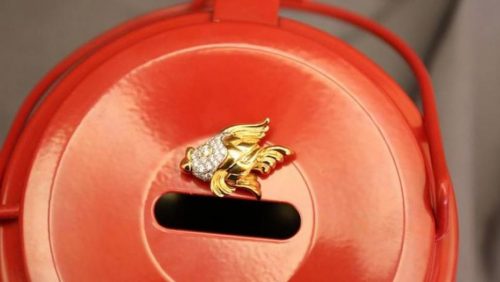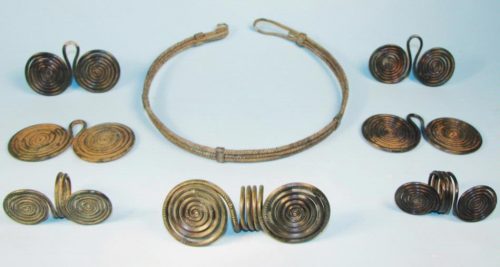The Manami Star, Named after Daughter
Has anyone ever written a song for you? A poem? Certainly it must be a deeply flattering feeling. But what about having a massive gem named after you? Just ask Manami.
Recently, Sotheby’s Hong Kong sold an 88.22 ct. D flawless oval for $13.8 million to a Japanese collector who named it Manami Star, after his oldest daughter.
The sale of the egg-size stone was much anticipated. The auction house boasted that the diamond was “perfected by every critical criterion”—both externally and internally flawless and with excellent polish and symmetry. It is also type IIa—rare for a natural diamond.
Patti Wong, chairman of Sotheby’s Asia, in a statement. “At 88.22 carats, this lucky stone now carries the name of the fortunate child whose father has chosen to give it her name. A happy moment in the journey of one of the earth’s greatest, oldest treasures.”








